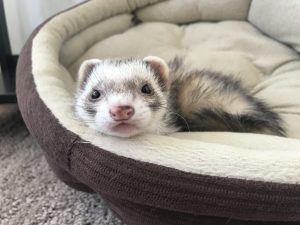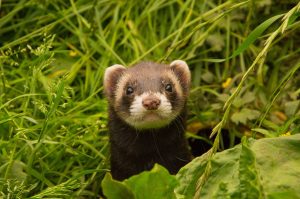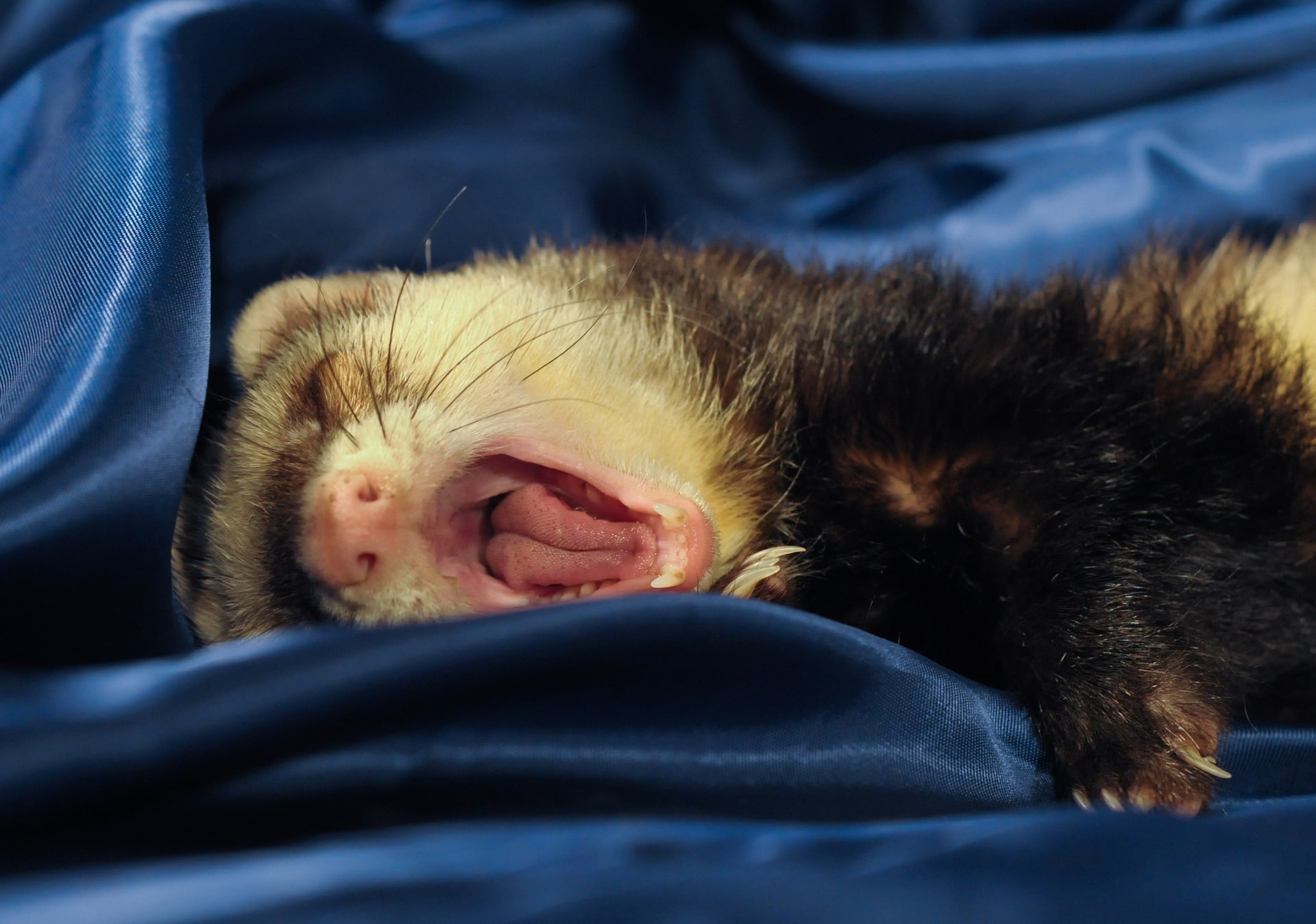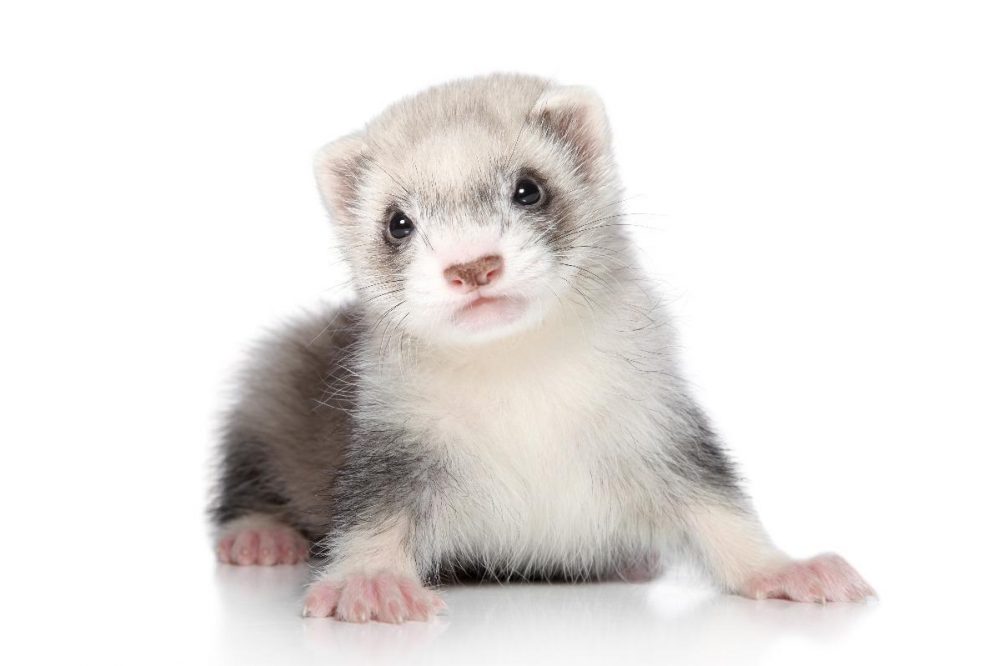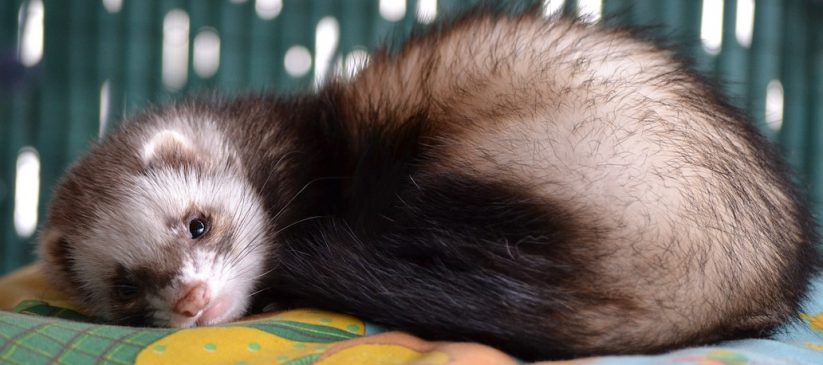Road Test: The Ferret
Despite common belief ferrets are not rodents. Ferrets are in fact members of the weasel family, which includes skunks and otters. They are actually a domesticated form of the wild polecat, almost identical other than the wild temperament. They are a wholly domesticated species and have become reliant on humans. The word ferret is actually derived from the latin word furritus, meaning little fur thief.
They can catch human influenza and can actually spread it to humans, and they were used in the development of the equine Hendra virus vaccine being susceptible to Hendra themselves.
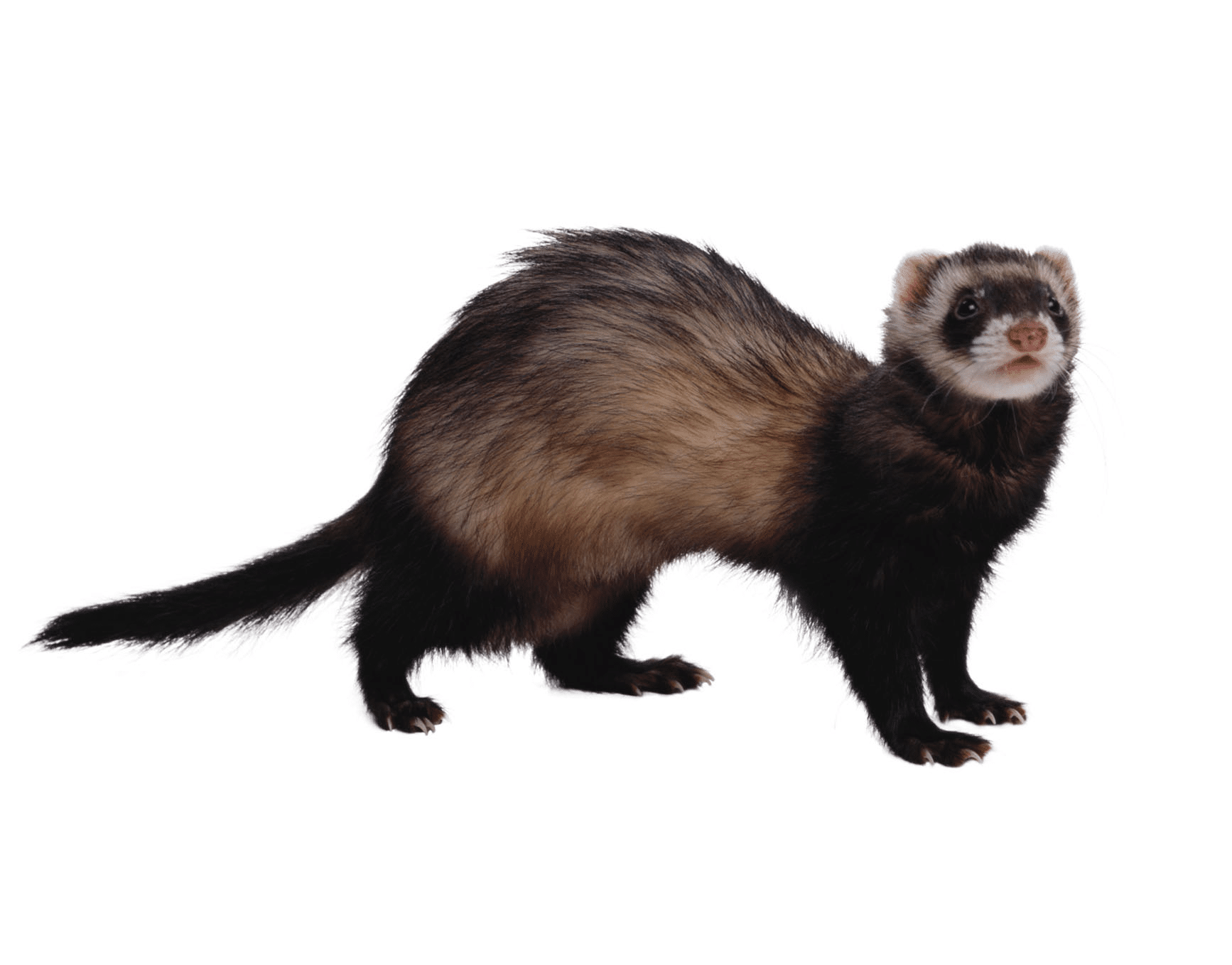
HISTORY:
Their history of domestication is absolutely unknown. They are very closely related to the polecat but it is unclear whether our domestic ferret is a domesticated form of the European polecat, the Steppe polecat, or is a hybrid of the two. Archaeological evidence suggests they have been domesticated for around 2500 years, and they were probably initially kept for hunting purposes by the ancient Egyptians.
APPEARANCE:
They look like otters with whom they are closely related. They can grow to 2kg and we tend to see either dark colours (sable, or polecat colour, or silvermitt), or white ferrets (black eyed whites or albinos).
CHARACTERISTICS:
They are unbelievably inquisitive. They are into everything and are far more interactive than the average dog or cat. They are a bit smelly (the musk glands in their coats) which is worse in entire males (un-desexed). Bathing them appears to make little difference!
They are obligate carnivores meaning they are entirely meat eaters and a study in NZ of stomach contents showed they had zero carbohydrates in their native diet. They love to steal and hide things! When they sleep they are dead to the world and when they wake up they shiver for about 5 minutes to raise their body temperature. They live happily in social groups unlike their polecat cousins and are very territorial.
Best fed a high protein diet (dried cat food, and red meat such as mince is appropriate) they live from 6-10 years.
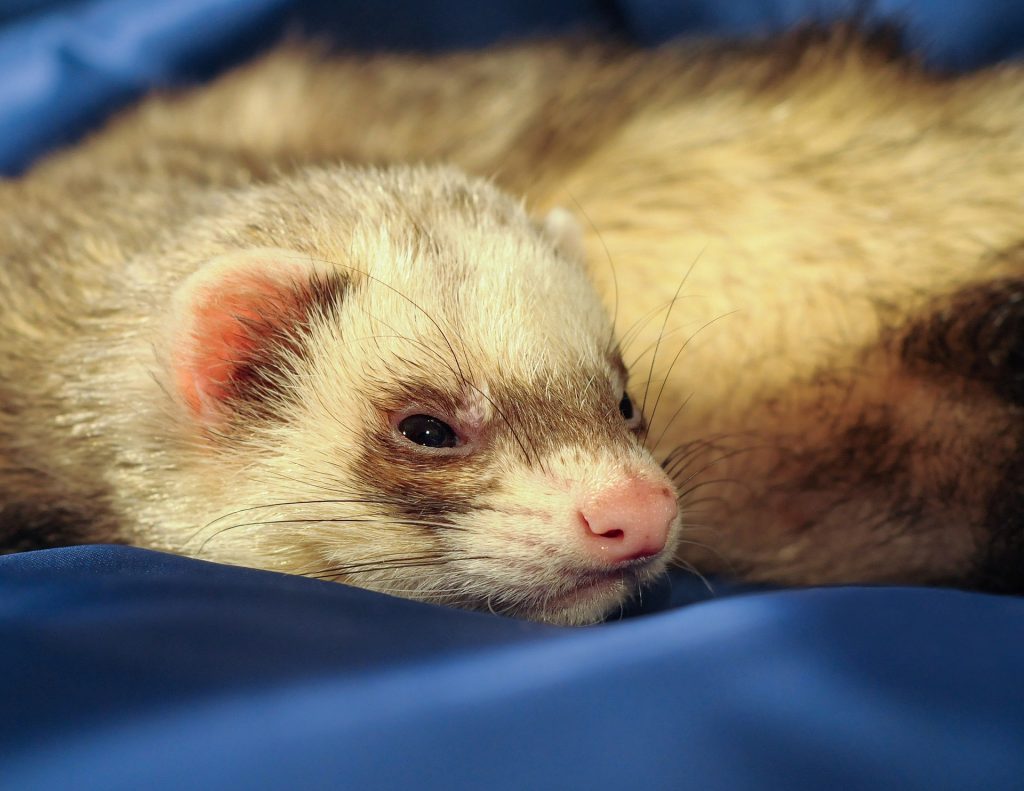
WHO SHOULD HAVE ONE:
Being quite nippy especially when they are young, it is debatable if they are good for young families. Handling tends to rid them of this and as they grow older they love to interact with owners and are quite loving and playful so are certainly not entirely a caged pet. Intelligent, they are unbelievable escape artists but don’t survive long in the outdoors so ferret-proofing their home is essential.
As long as they get regular exercise twice a day they can be housed in a clean cage but need shelter from the heat and require a safe and secure quiet retreat for sleeping.
If you were to own a few ferrets they would be called a “business” of ferrets.
VETERINARY PROBLEMS:
They are a fantastic study in pathology!
Females in season will die of hyperoestrogenism unless mated (or brought out of season with drugs). The best option is to desex them before this happens. In fact both sexes.
Adrenal tumours are very common producing excessive testosterone, oestrogen or progesterone. Signs are hair loss and intense scratching.
Insulinomas (insulin producing tumours of the pancreas) are also very common probably related to feeding excess carbohydrates in their diet. They tolerate surgery quite well but conservative medication is a better option.
They are susceptible to canine distemper and should be vaccinated, and equally can contract canine heartworm so prevention is recommended.
One for the text book!…Disseminated Idiopathic Myofascitis (DIM), a new disease first recognised in USA. Muscles become invaded with neutrophils with poor success rates following treatment, to date.
In general they make good pets for people having the time to handle them gently and can house them securely. They are better with school aged children and people who live in apartments.
Not for everyone, but not the vicious, smelly, pest that they are often labelled as by the unenlightened.
